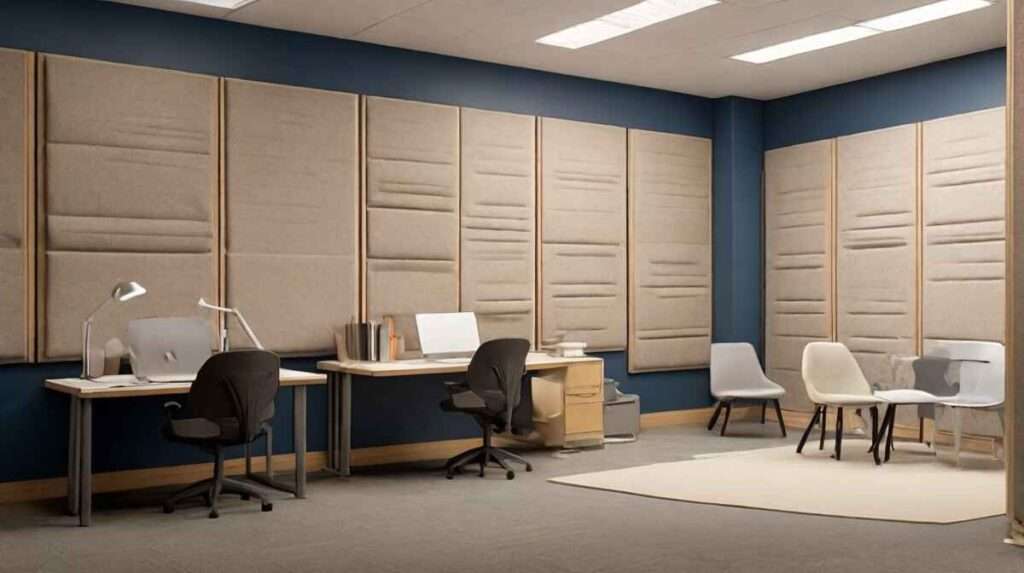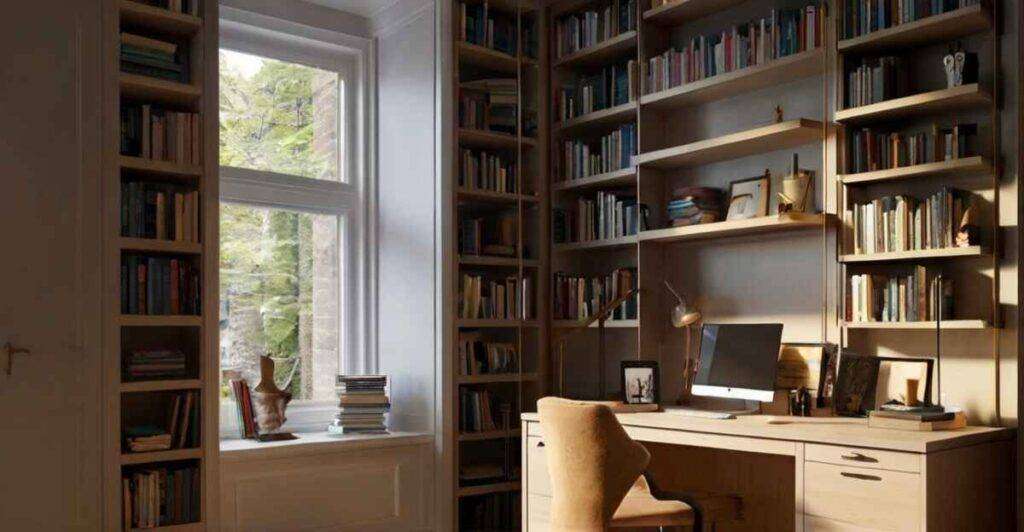Noise can be a significant distraction when trying to focus on studying or work. Whether it’s noisy neighbors, street traffic, or household activities, unwanted sounds can disrupt your concentration and productivity. Creating a soundproof study room can provide a quiet sanctuary where you can concentrate without interruptions.
I. Understanding the Importance of Soundproofing

1. Benefits of a Soundproof Study Room
A soundproof study room offers numerous benefits. It provides a peaceful environment conducive to concentration, enhances productivity, and improves overall well-being by reducing stress levels.
2. Common Sources of Noise Disturbance
Identifying the sources of noise disturbance is crucial for effective soundproofing. Common culprits include traffic noise, noisy appliances, footsteps, and voices.
II. Assessing Your Study Room

1. Identifying Weak Points
Begin by inspecting your study room for weak points where noise can enter or escape. Pay attention to gaps around doors and windows, thin walls, and hard surfaces that reflect sound.
2. Analyzing Noise Sources
Identify the primary sources of noise in your study room. This could include external sources like traffic or internal sources like appliances and conversations.
III. Effective Soundproofing Solutions

1. Soundproofing Materials
Various materials can be used to soundproof your study room, including acoustic foam panels, soundproof curtains, weatherstripping, and soundproofing paint.
2. DIY vs. Professional Installation
Decide whether to undertake the soundproofing project yourself or hire professionals. While DIY solutions are cost-effective, professional installation ensures optimal results.
IV. Steps to Soundproof Your Study Room

1. Sealing Gaps and Cracks
Use caulking or weatherstripping to seal gaps and cracks around doors, windows, and walls to prevent sound leakage.
2. Installing Soundproof Curtains
Hang heavy, thick curtains made of sound-absorbing materials to block outside noise and absorb sound within the room.
3. Adding Carpets and Rugs
Cover hard floors with carpets or rugs to reduce echoing and absorb sound vibrations.
4. Using Soundproofing Paint
Apply soundproofing paint to walls to reduce noise transmission and improve sound insulation.
V. Advanced Techniques for Maximum Soundproofing

- Mount acoustic panels on walls to absorb and diffuse sound waves effectively.
- Install weatherstripping or soundproofing seals around windows and doors to minimize sound transmission.
- Add acoustic ceiling tiles or install a secondary ceiling to block noise from above.
VI. Maintaining Soundproofing

1. Regular Inspection
Periodically inspect your soundproofing materials for wear and tear, and repair or replace them as needed to maintain optimal performance.
2. Cleaning Soundproofing Materials
Keep soundproofing materials clean to prevent dust and debris buildup, which can affect their effectiveness.
VII. Creating a Distraction-Free Environment

1. Ergonomic Furniture Arrangement
Arrange furniture strategically to minimize sound reflections and create a comfortable study environment.
2. Utilizing White Noise Machines
Use white noise machines or apps to mask background noise and create a consistent ambient sound.
VIII. Budget-Friendly Soundproofing Tips

1. Low-Cost Alternatives
Explore affordable soundproofing options such as DIY soundproofing panels, rugs, and curtains made from budget-friendly materials.
2. Creative DIY Solutions
Get creative with DIY soundproofing solutions, such as using egg cartons, blankets, or old mattresses to absorb sound.
Conclusion
In conclusion, creating a soundproof study room is vital for enhancing focus and productivity by minimizing distractions caused by external noise. By understanding the importance of soundproofing and implementing effective solutions tailored to your study space, you can create a peaceful sanctuary conducive to concentration and learning. Whether through DIY methods or professional assistance, taking steps to soundproof your study room ensures a quiet environment where interruptions are minimized, allowing you to maximize your academic or work performance.
Top FAQs on How To Make Study Room SoundProof ?
The cost of soundproofing a study room varies depending on the size of the room and the materials used. DIY solutions can be cost-effective, while professional installation may incur higher expenses.
Yes, many soundproofing projects can be undertaken as DIY projects. However, for complex installations or optimal results, professional assistance may be necessary.
While soundproofing can significantly reduce noise levels, it may not completely eliminate all sound. However, it can create a much quieter environment conducive to concentration.
The time required to soundproof a study room depends on the extent of the project and whether you’re using DIY methods or hiring professionals. It could take anywhere from a few days to a couple of weeks.


